After drinking espresso for so many years, do you know what authentic Italian coffee is like?
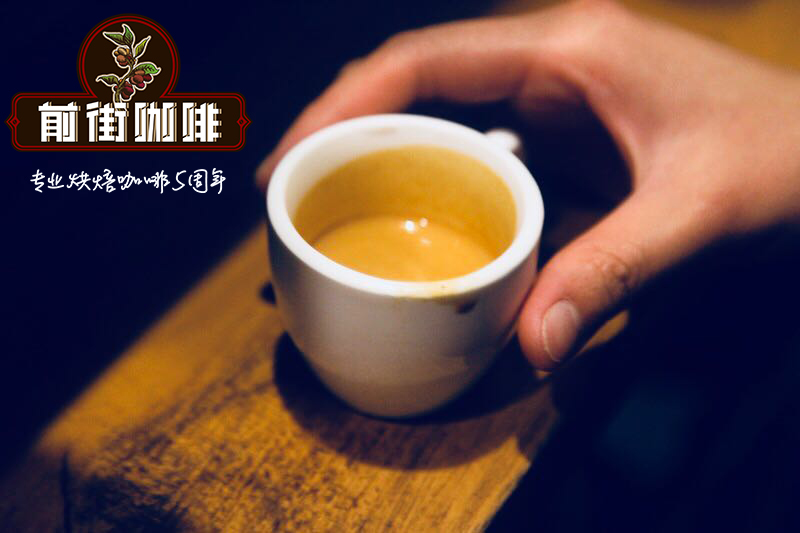
Professional coffee knowledge exchange more coffee bean information please follow the coffee workshop (Wechat official account cafe_style)
Espresso _ espresso
Coffee lovers, have carefully examined the packaging of coffee beans, marked from Brazil, Colombia, Guatemala and other major coffee producing countries, non-coffee bean producing Italy, does not appear in the origin field, but its coffee culture is world-famous.
Coffee was introduced into Italy in the 16th century. The first coffee trade developed in Venice, and the first coffee shop, Caff è Florian, opened in San Marco Square in Venice at the beginning of the 18th century.
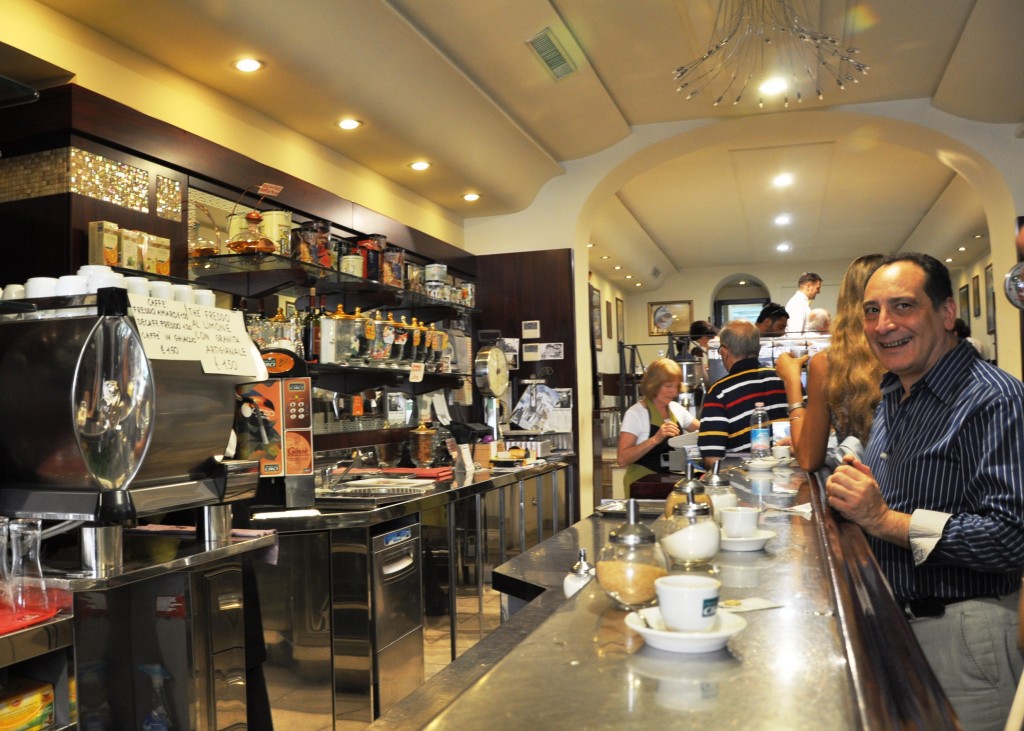
So where does the familiar espresso come from?
In 1855, the world's first espresso machine was exhibited at the Paris World Exposition, and a few years later, Luigi Bezzera, an engineer from Milan, created the first steam espresso machine. In 1948, Achille Gaggia, founder of Gaggia Italian coffee maker, launched the High pressure extraction system (high-pressure extraction system), which created espresso with more aroma and coffee fat floating on top (crema) to form what is now known as espresso.
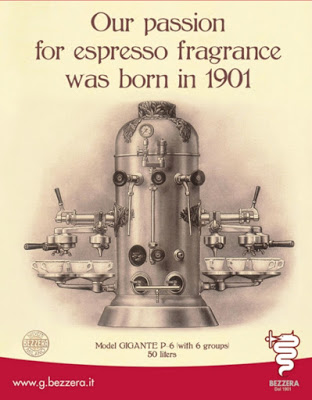
In the 1940s and early 1950s, manufacturers of espresso machines expanded their production to an industrial scale, and in 1949, the renowned architect Gi Ponti designed the first espresso machine with a horizontal boiler (horizontal boiler), which was produced by the manufacturer La Pavoni, and this invention marked a turning point in the aesthetics of coffee machines. In 1961, Faema launched the Emur61 coffee maker, which uses a thermosyphon system (thermosiphon system) to maintain a constant temperature even if the coffee machine is on standby for a long time.
After a hundred years of evolution, the ingenuity of Italian coffee reached its peak in the 20th century due to the improvement of coffee machines. since then, many Italian families have a moka (mocha coffee maker), which can simply enjoy a cup of Italian concentrate even at home.
▲ moka (mocha coffee maker) is a simple coffee pot invented by Alfonso Bialetti in 1933 based on the principle of pressure extraction of coffee.
Coffee has become a part of Italian culture. Let's take a look at the uniqueness of "espresso culture".
It belongs to morning coffee.
Most Italians drink coffee with high milk content only before 11:00, such as Cappuccino (cappuccino: equal portions of espresso, steamed milk and milk foam), Caff è latte (coffee latte: espresso with more steamed milk and less milk foam) and Latte macchiato (latte macchiato: add an espresso to a cup of steamed milk and dense milk foam, often filled in a transparent glass You can see the beautiful layering effect. ).



▲ Cappuccino cappuccino (top), Caff è latte coffee latte (bottom), Latte macchiato latte macchiato (right)
Coffee that you can enjoy at any time
Caff è (also known as espresso). Italians call espresso Caff è, while espresso means "on-site production" in Italian. ), small and strong black coffee. Italians are used to drinking Caff è in the afternoon or after meals.
Change the Italian style of espresso
Over the centuries, strong espresso has been changed, such as Caff è macchiato (macchiato: espresso with a small portion of foamed milk. ), Caff è corretto ("the right coffee": an espresso containing alcohol, usually with a small amount of spirits such as grappa or sambuca. ), Caff è americano (American coffee: diluting an espresso with plenty of hot water) and Caff è lungo ("long coffee": general espresso is extracted and then extracted with more water for longer and contains more caffeine and bitterness than Caff è. ).
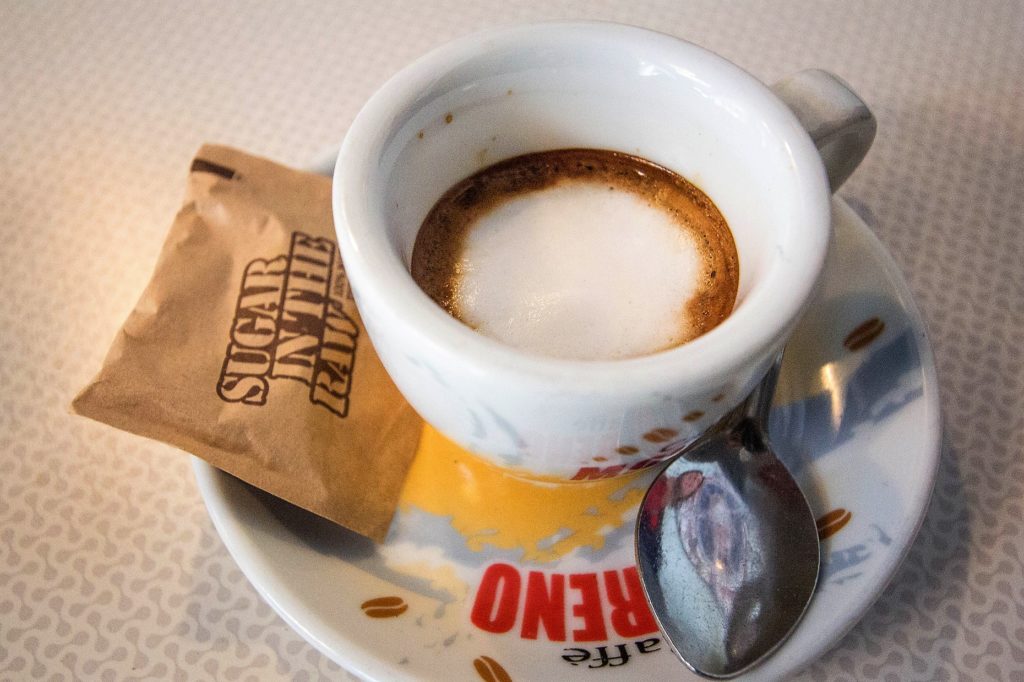
▲ Caff è macchiato (macchiato coffee)
The unique coffee culture in various regions of Italy
The southern Italian island of Sicily has developed a coffee known as Caff è d'un parrinu, an Arabic coffee flavored with cloves, cinnamon and cocoa.
Locals in the Naples region call their espresso Tazzulella'e caff è, which is served with a small cup of water next to it.
The little-known Le Marche in eastern Italy enjoys a kind of coffee called Caff è anisette (fennel concentrate: a coffee with fennel wine, perfect for drinking on cold winter mornings. ) coffee
In addition, Trentino in northern Italy has a cold climate, and because of its geographical proximity to Austria (Austria), Cappuccino Viennese (Vienna cappuccino: features coffee covered with thick milk foam and seasoned with chocolate and cinnamon. ) has become the coffee culture of local residents.
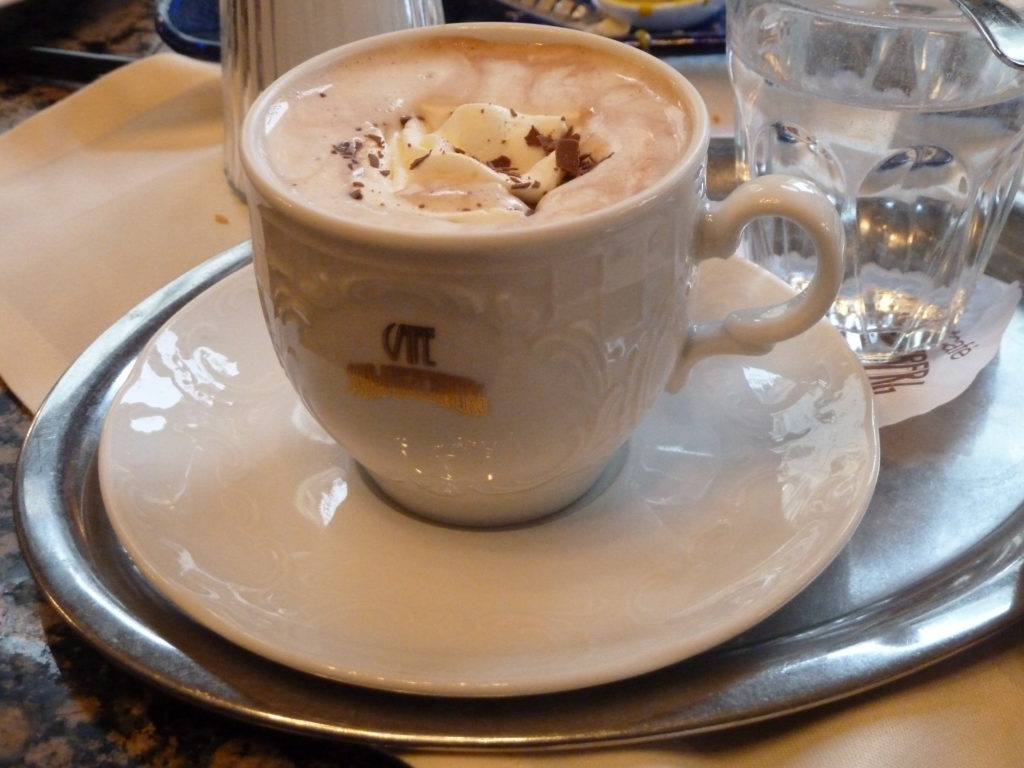
▲ Cappuccino Viennese (Vienna cappuccino)
Unlike American coffee culture, which is relatively fast and often "to go", Italians like to "lean on the al banco" to drink coffee and enjoy chatting with friends with espresso. Next time you come to Italy, you might as well blend in and say to the shopkeeper: Ciao, un caff è! Hello, a cup of espresso!
Espresso Coffee extraction detailed steps Italian concentration common sense
Important Notice :
前街咖啡 FrontStreet Coffee has moved to new addredd:
FrontStreet Coffee Address: 315,Donghua East Road,GuangZhou
Tel:020 38364473
- Prev
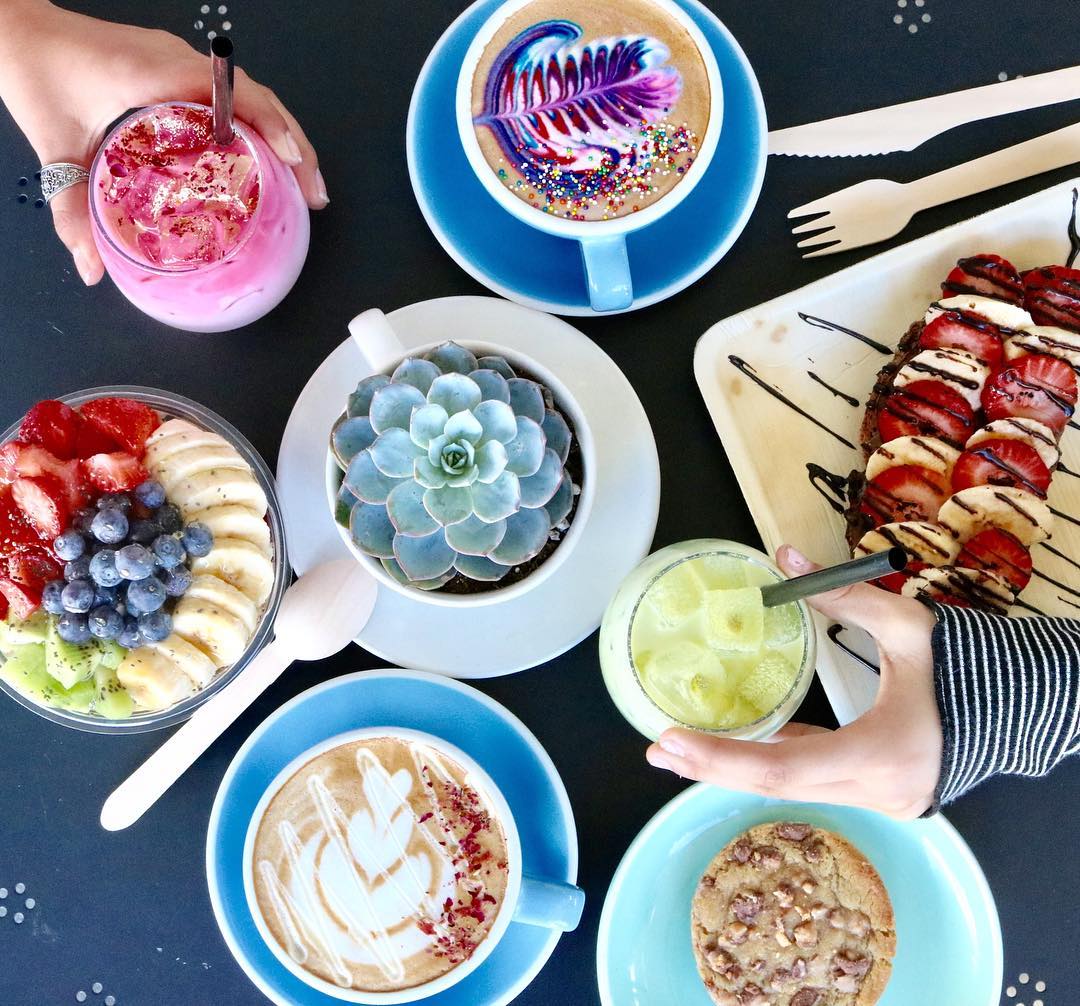
Super creative coffee-have you ever had a rainbow latte or a rose gold iced latte?
Professional coffee knowledge exchange more coffee bean information please follow the coffee workshop (Wechat official account cafe_style) latte coffee _ the meaning of latte coffee the difference between latte and mocha there is a coffee shop in San Diego, bringing latte jacquard art to the next level, S3 Coffee Bar began to offer super creative coffee and new flavors, including rose gold ice latte
- Next
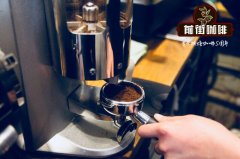
Does the gold foam Crema on espresso have anything to do with the quality of espresso?
Professional coffee knowledge exchange more coffee bean information Please follow the coffee workshop (Wechat official account cafe_style) espresso it seems that when everyone tastes espresso, they all pursue the perfect coffee fat layer (crema), that is, the brown foam floating on the freshly brewed espresso. The right coffee fat layer has become a good cup.
Related
- Beginners will see the "Coffee pull flower" guide!
- What is the difference between ice blog purified milk and ordinary milk coffee?
- Why is the Philippines the largest producer of crops in Liberia?
- For coffee extraction, should the fine powder be retained?
- How does extracted espresso fill pressed powder? How much strength does it take to press the powder?
- How to make jasmine cold extract coffee? Is the jasmine + latte good?
- Will this little toy really make the coffee taste better? How does Lily Drip affect coffee extraction?
- Will the action of slapping the filter cup also affect coffee extraction?
- What's the difference between powder-to-water ratio and powder-to-liquid ratio?
- What is the Ethiopian local species? What does it have to do with Heirloom native species?

